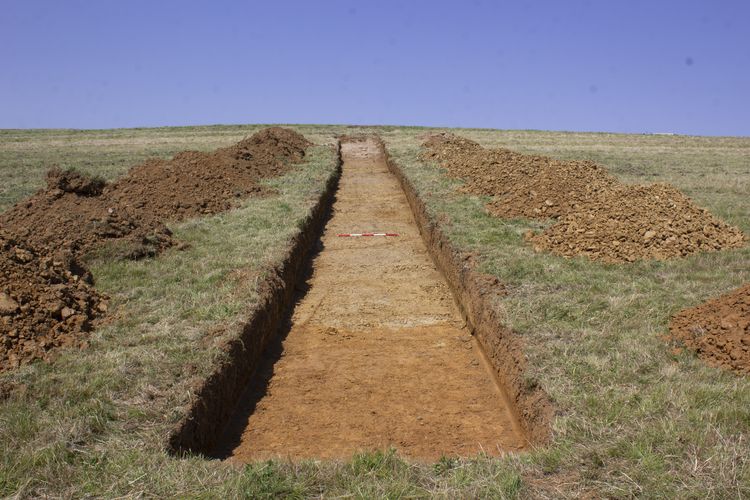On 1st-2nd December I represented SWORD-ARM at the Managing Research Data programme kick-off meeting in Nottingham. For an organisation that has been undertaking digital preservation within a single discipline for 15 years, it was heartening to see that preservation is now high up the institutional agenda for many top universities, with many HE institutions utilising JISC funding to develop their own institutional archiving policies, and many appointing digital archivists. Given that the ADS was, for over 10 years, an integral part of the Arts and Humanities Data Service it was somewhat poignant to see what a number of universities were focussing on the arts and humanities disciplines, but lacked advice on metadata standards or experience of how to engage with researchers. I experienced a strong sense of déjà vu.
This engagement with digital preservation was heartening, although there was less focus on re-use, which surely has to be the whole point! However, the rise of institutional repositories is not without its problems and ADS needs to make the case for discipline-based repositories, as championed in the recent RIN/JISC report on the Use, Value and Impact of Data Centres:
http://www.jisc.ac.uk/publications/generalpublications/2011/09/datacentres.aspx
It seems to me that discipline-based centres, where they can be supported, have a number of distinct advantages over institutional repositories. Firstly, there is the added value of the aggregation of data sets from the same subject area. In Archaeology this might mean using GIS to integrate a number of different thematic maps using the same coordinate system e.g. findings of early handaxes from one project mapped against the location of early hominid fossils from another; or the provision of a faceted index to integrate searching of grey literature and historic journals. These cyber-infrastructures (or eScience projects as we tend to know them in the UK) have the potential to generate new research questions, and answers.
Second, there is the benefit of having data curated by specialists who understand it, and can identify if significant properties are lost via migration from one version to the next. In Archaeology we are often dealing with some complex data types and file formats that need archaeologist to understand them, and specialist repositories to curate them.
Third, a discipline-based repository can do more to develop and work with communities of data re-users, and provide support for them, as it will better understand their needs.
Finally, it can more effectively aggregate metadata records for resources from one discipline and make them available to other aggregators, whether these are cross-sectoral national portals, or European research infrastructure projects. Overall, therefore, a discipline-based repository can avoid the random fragmentation of research data that will inevitably occur if the place of archive is a function of the random chance of employment contract at a point in time, rather than the subject matter of the data set.
That is not to say that archiving data with a discipline-based archive need preclude an institutional view of data produced by its employees, as might be useful for REF, for instance. At ADS we are able to provide OAI-PMH feeds for metadata describing the archives we curate, in a form suitable for consumption by an institutional repository. In conclusion, there isn’t a case to be made for discipline-based archives in every discipline, and the growth of institutional repositories is welcome, but in the rush to preserve we need to ensure that appropriate models are adopted.





